IMAGEFRONTIERS Post #005...And Now for Something Completely Different
My Quirky Collections: Hanging Out to Dry in Shanghai, China 2016
This post is part of my continuing exploration into street photography, cultural contrasts, and what makes a scene feel visually alive. Captured during two months in Shanghai in 2016, this photo story blends quirky moments and human detail. Welcome to another chapter in my visual series documenting everyday beauty.
A new meaning to Quad Bike—this image I captured sent me on a hunt...
I captured this first image in Shanghai, China. It struck me as odd and quirky for a couple of reasons:
First, four people on a moped. I had grown up with contests on how many people could be stuffed into a telephone booth or Volkswagen Bug, but never how many riders could fit on a moped.
Second, China’s traffic was crazy—was this even safe? I grew up in a state with mandatory helmet laws for a reason.
Finally, what is with the clotheslines? Shanghai is an extremely modern, clean, and culturally rich metropolitan area—so what gives?
Some Background:
My wife was on a one-year assignment in China for her company, our kids were away at school, and this was my first chance to spend time in Mainland China. I was diving deep into the manufacturing industry and used this time to learn more about China's supply chain while networking with tech execs in Shanghai, Beijing, Shenzhen, and beyond. But this story is about my photography—not my business life.
Back to My Photography 📸
While I hadn’t declared a focus on photography yet, it’s always been in my blood. I try to make time to walk around the places I’m lucky to visit—across five continents—using my cameras and occasionally my phones. I spent about two months in Shanghai with my wife, with a light schedule and time to wander while she was in meetings.
So, after spotting that moped and clothing line, I started noticing the striking contrast between modern architecture and traditional habits. Things we no longer see much in U.S. cities were everywhere here. That’s what inspired this little series I’m calling “Hanging Out to Dry.”
These photos have sat in my catalog of more than 170,000 images (and growing) since 2016.
I’ll share additional pictures from Shanghai and China of the color, culture, architecture and history in upcoming posts. I’m still not sure exactly why, but this quirky, visual collection speaks to me—with humor and curiosity. Hope you enjoy the images. Let me know what resonates.
[Share Post]
Geek Stuff 🤓
I was on my third main digital SLR camera at the time, experimenting with the Canon EOS 70D and my favorite travel lens: the EF-S 18–200mm f/3.5–5.6 IS. (Still hadn’t tried real L-type lenses... YET!).
I was starting to figure out what shooting “RAW” meant. Unfortunately, only a portion of these photos were shot in RAW—the majority were captured as 20.2 megapixel JPEGs. Now, I shoot exclusively in RAW and don’t even create jpg duplicates. Like Jared Polin says, “I shoot Raw.”
That lens had image stabilization, which allowed me to work in lower light, gray skies, and to filddle with iso more. I could feel the flexibility to experiment with light and handheld compositions, especially on the streets.
OK. Enough geek. Back to our content. 🙂
Modern, Massive, Dense Metropolis: Shanghai 🌆
When I landed in Shanghai, I expected skyscrapers, neon lights, and nonstop motion. And yes, I got all that—towering high-rises, electric scooters humming, and malls that looked like spaceships. I had lived and worked in New York City and its shadows in New Jersey, but Shanghai dwarfed it in size and population.
Some things that struck me:
Roads were smooth—pothole-free. Unheard of in NYC, NJ, Boston, or Chicago.
The subways were ultra-modern and whisper-quiet. A world apart from the EL in Chicago, Boston’s T, or screeching NY transit.
The scale was mind-bending. Pudong alone, a district of over 10 million people, made Manhattan look small.
The skies were perpetually gray—not blue. Pollution warnings were routine, and many locals already wore masks. But the alerts? They weren’t public unless you had a VPN.
After noticing the moped and laundry lines, I began spotting them everywhere—shirts, towels, pajamas, and dresses waving in the wind outside apartment buildings.
That’s why I’m calling this post “Hang Out to Dry”—not just because of the laundry, but because it felt like a soft rebellion. A human act in a mechanized city.
In high-rises stacked like filing cabinets, people still lean out of windows, pinning their lives to the breeze. It’s a gesture of continuity—residents who moved from rural China into these concrete towers still drying their clothes the way they always have.
Each street had its own rhythm—layers of texture and color. I’d walk for hours through Xuhui and Pudong, camera in hand.
At the same time, I couldn’t ignore the reality of the air. The American Embassy’s app showed daily PM2.5 levels—red alerts, spikes, factory-grade inhalation warnings. But locals? Many had no idea.
VPN on, I’d check the pollution data and wonder how anyone thought it was okay to hang clean laundry in that atmosphere.
The irony was sharp: beautiful clothing lines fluttering like art installations... in air you could practically taste.
I’d see aunties in slippers stretching bedsheets from balcony to bamboo poles. Kids clipped clothespins to wires like toys.
Some rooftops became collective drying zones. It provided a place for the community to gather and socialize. Communal. Practical. Intimate.
Sometimes a single jacket became the star of the sidewalk scene.
Other times, it was the bright colors of wool, flapping like signal flags over narrow alleys. The sky seems too blue from what I remember. Did I shift the Temperature too much?
Entire buildings came alive—like vertical stories told in fabric. Courtyards filled with crossing power and telephone lines and clothing out to dry providing color and character.
There were pops of color. Personality. Quiet resistance.
There were also reminders of tradition—like a floral embroidered coat clashing beautifully with exposed wires and bricks.
Final Two Shots 🎬
Before I close, two more to share:
This one reminded me again of the quad-moped image. Fewer passengers this time—but no less energy. I call this one The Trike Moped. THREE Is a good number, right?
And one of my all-time favorites: a sidewalk scene showing, I believe, three generations—someone washing her hair, a baby held close, and daily life unfolding outside their apartment doorway. Not laundry this time. Just life, happening.
These shots keep the memory alive. The colors, the textures, the people leaning out to pin their lives to the wind. They remind me of a city that’s complicated, flawed, and impossibly alive. 🌏
Lessons Learned 🧠
While I have ADHD and work hard to stay focused, I’ve also learned to embrace the hunt for ideas. I seem to have a knack for spotting patterns early—and with confidence. Often, what I notice turns out to be more common than expected. These patterns aren’t limited to objects; they might appear in light, shadows, moments, locations, or human situations. The key is to stay curious.
Explore and seek. You’ll be amazed at what becomes visible when you’re actually looking. David.
Your Turn: Let’s Talk Quirky Collections 🤔
Do you have images that you think are weird—but you still love them?
I do. In fact, this post is one of many in what I call my “Quirky Collections.” Others include intentional camera movement, in-camera multi-exposure, quick tilts, and more. I’ve even gathered photo series based on signs from around the world—some hilarious, others deeply serious.
Now it’s your turn:
What are your “quirky” collections? What strange, delightful, or accidental images are you proud of?
📷 Copyright & Image Use Notice
All photographs in this post are © David A. Rosen / IMAGE FRONTIERS. You are welcome to share the full post using Substack’s share tools or direct link. However, images may not be downloaded, copied, reposted, or reused without written permission.
💬 Interested in licensing, collaboration, or featuring these images?
Reach out at davidarosen.com, message me on Substack, or email: click@davidrosenphoto.com


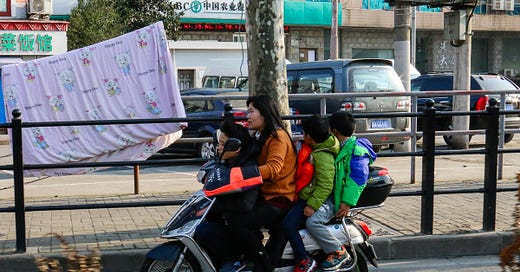





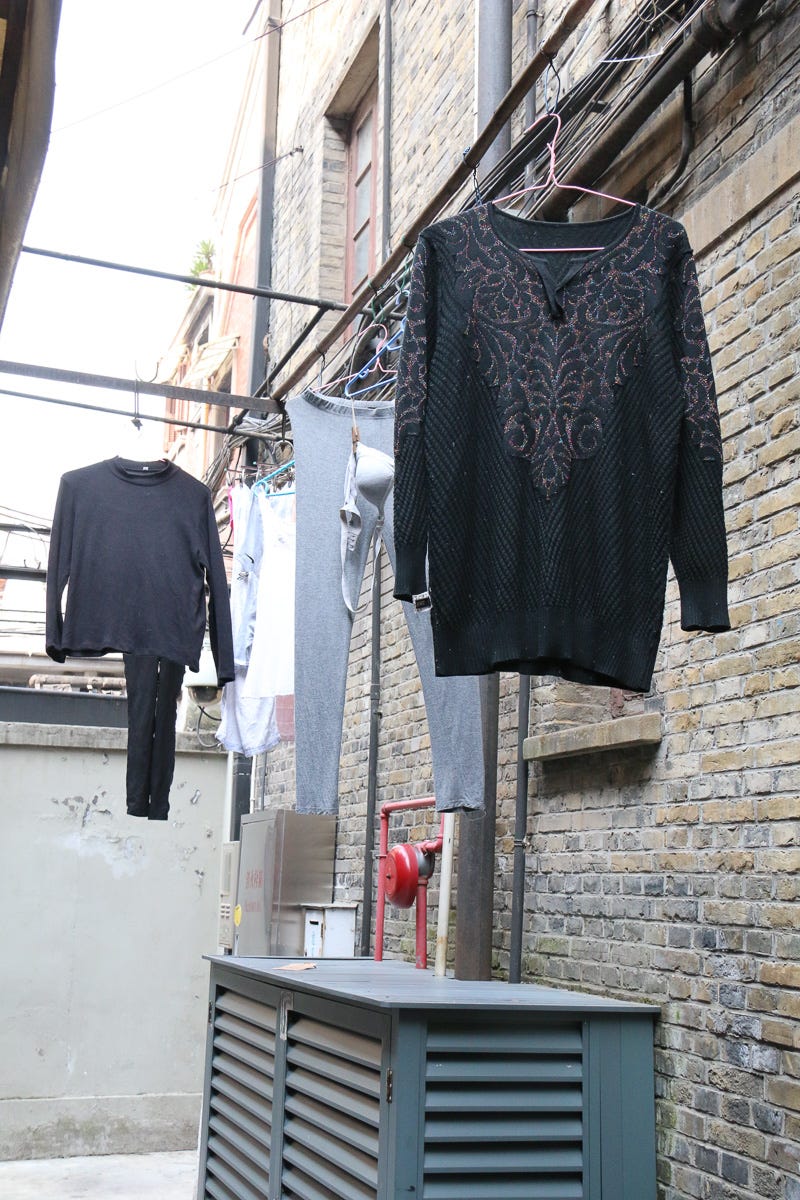
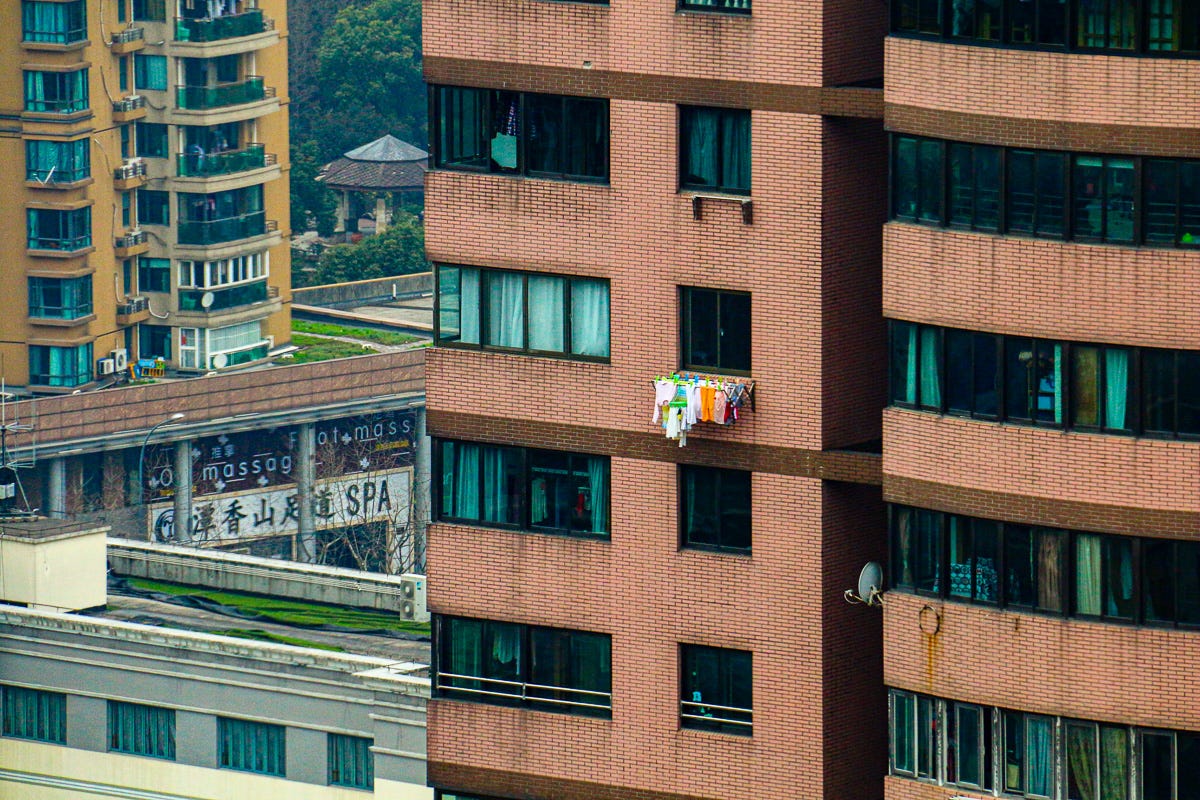
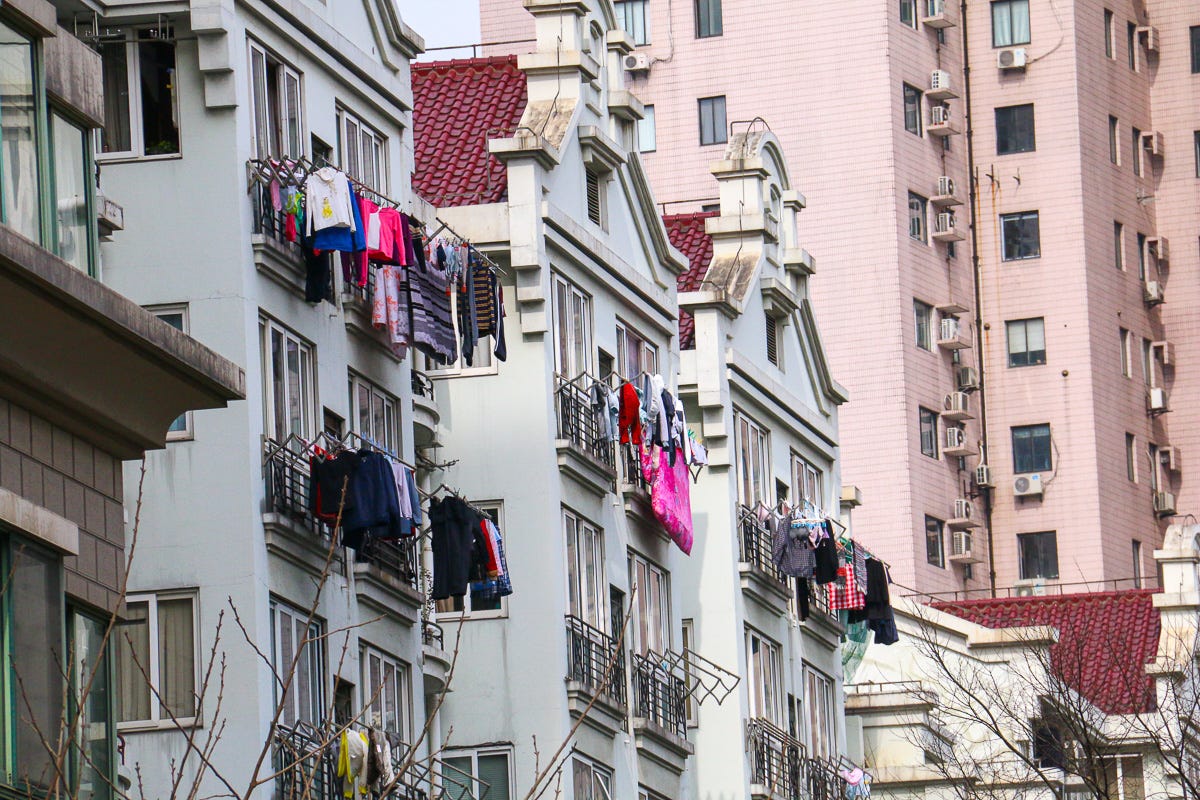
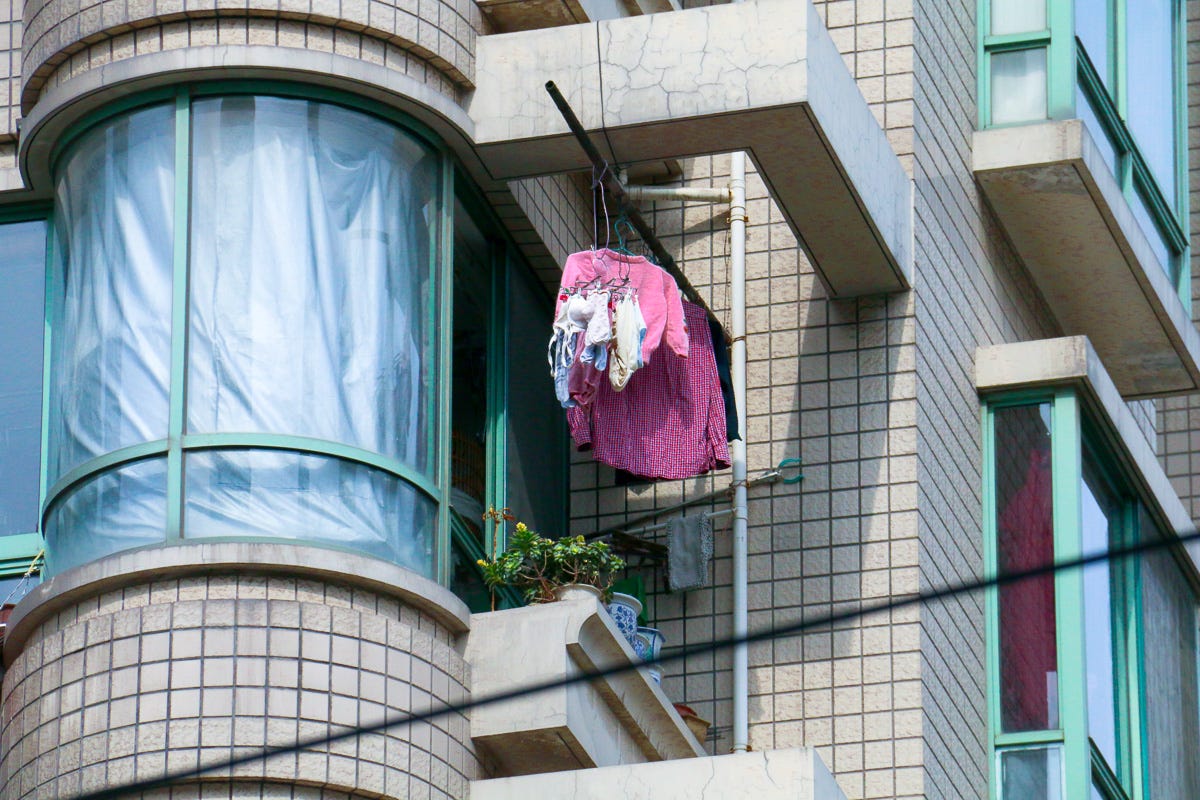
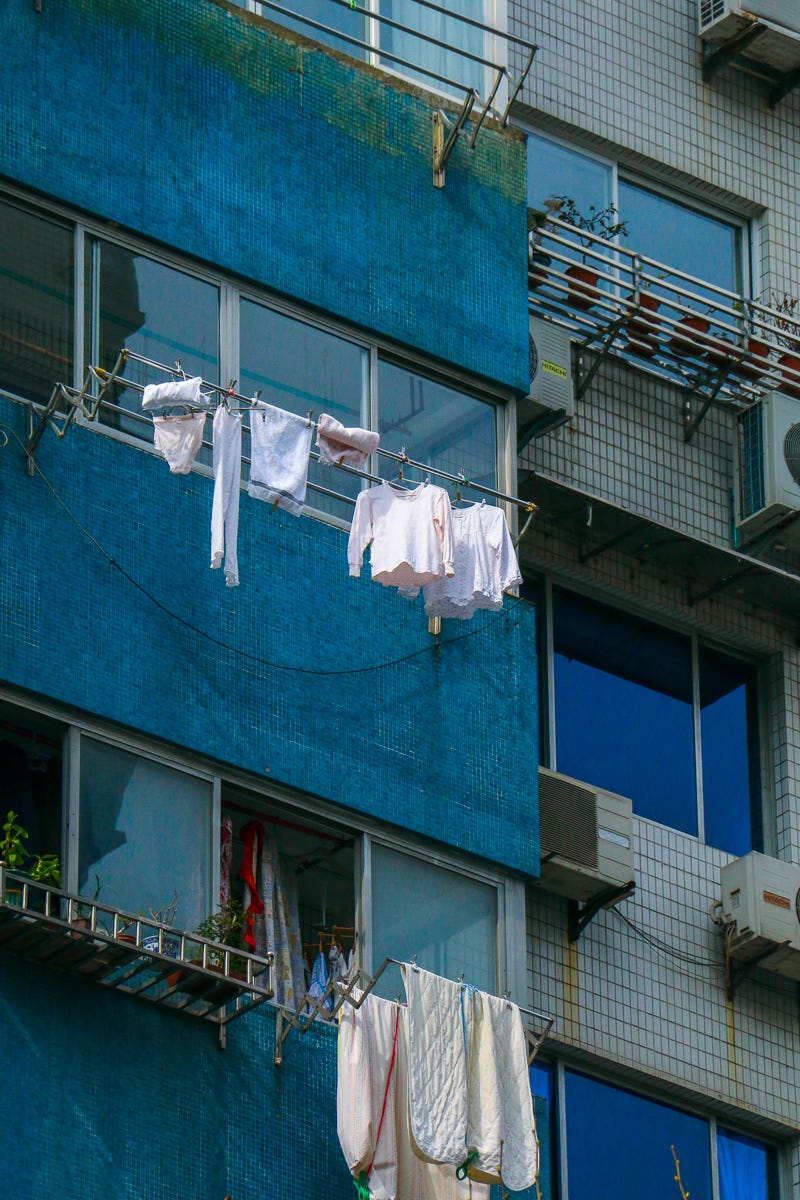

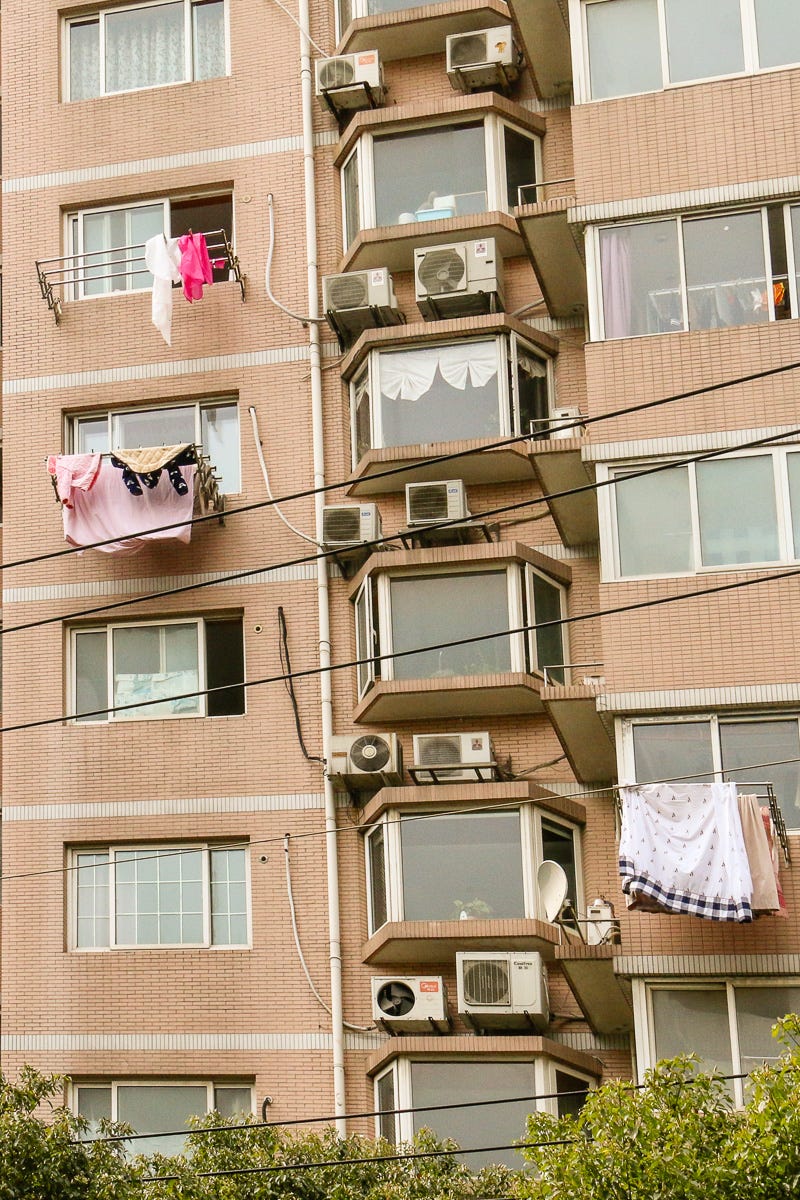

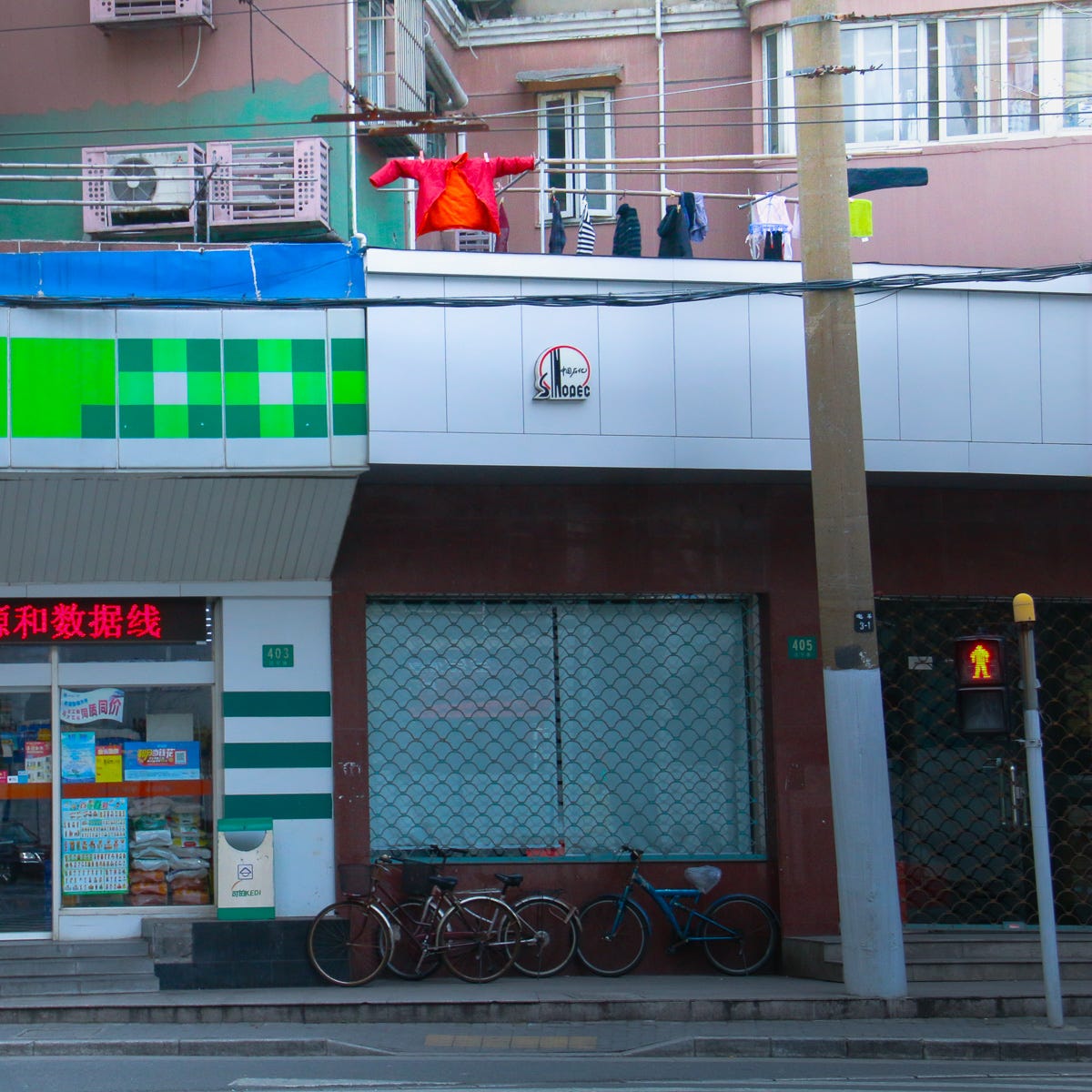
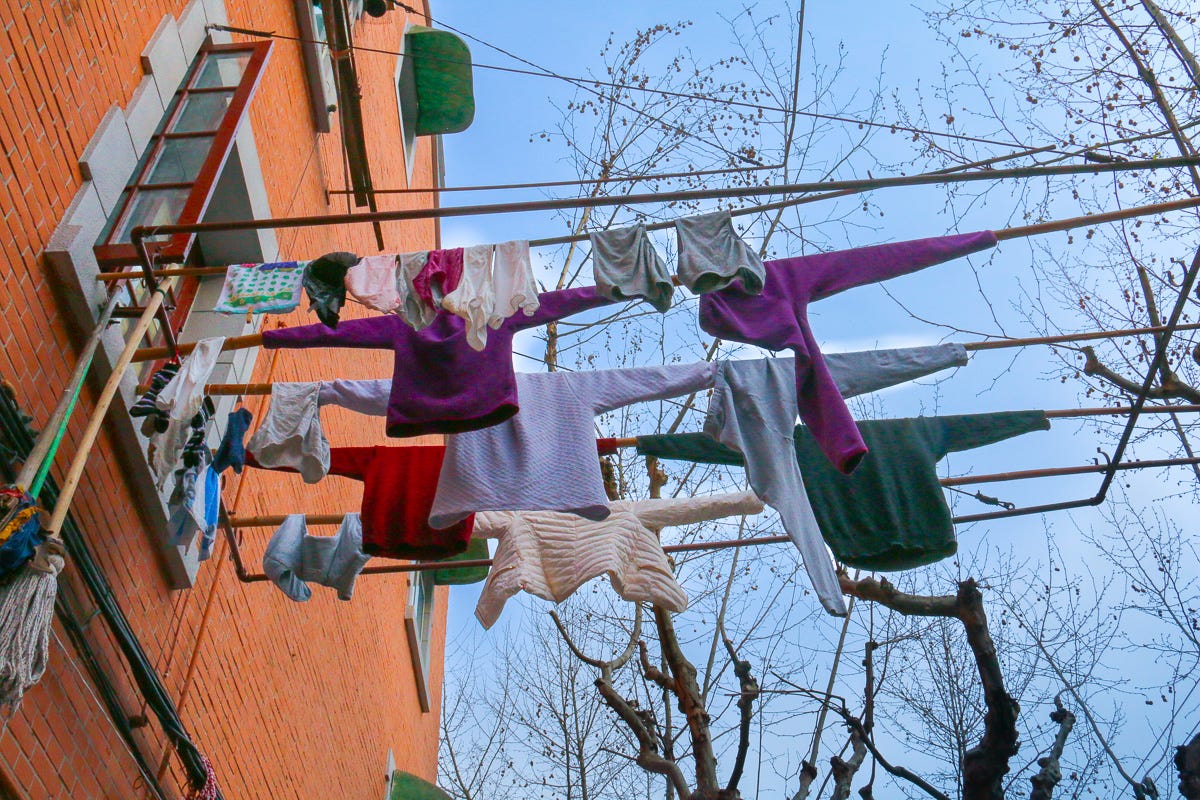
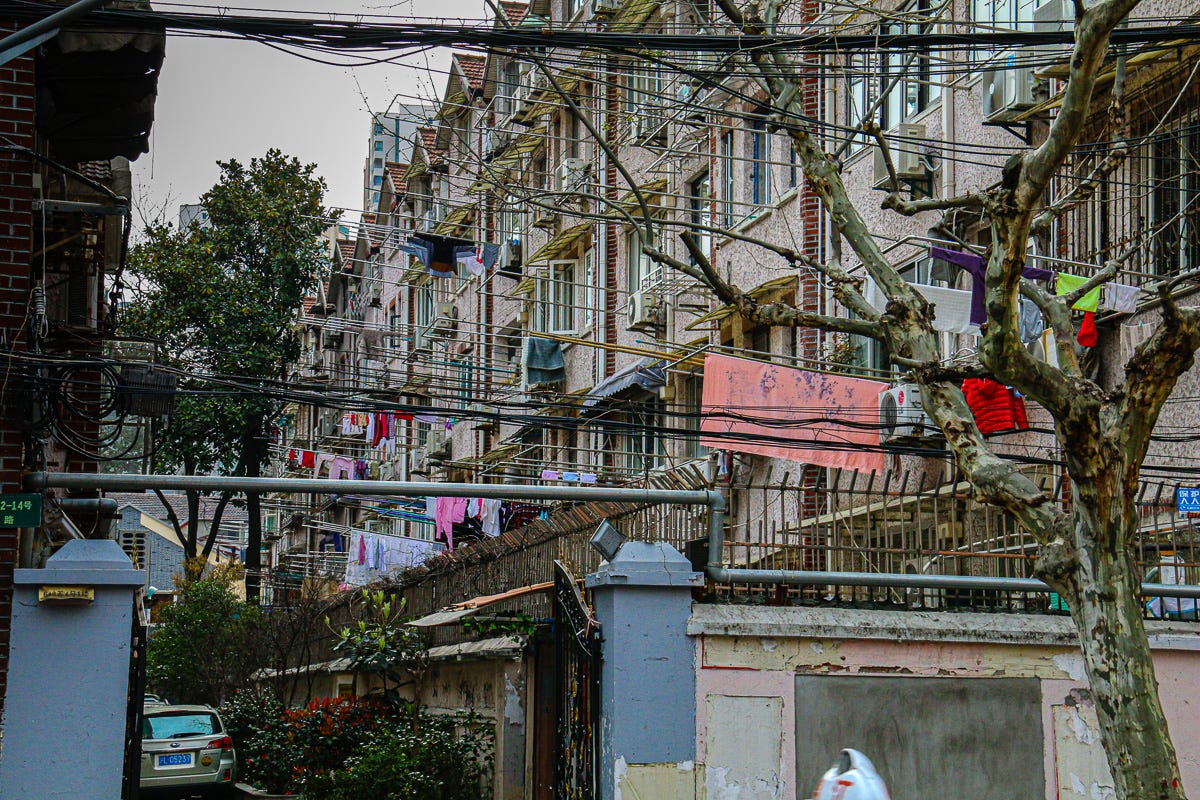
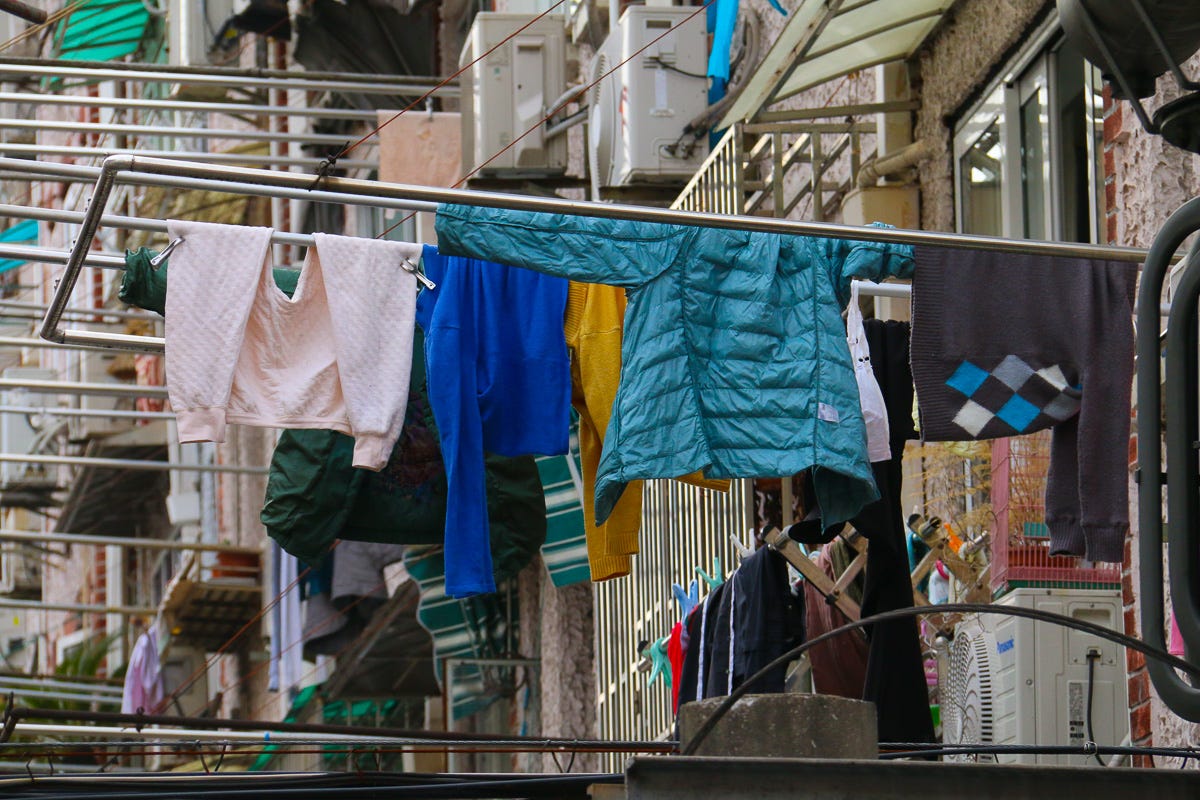
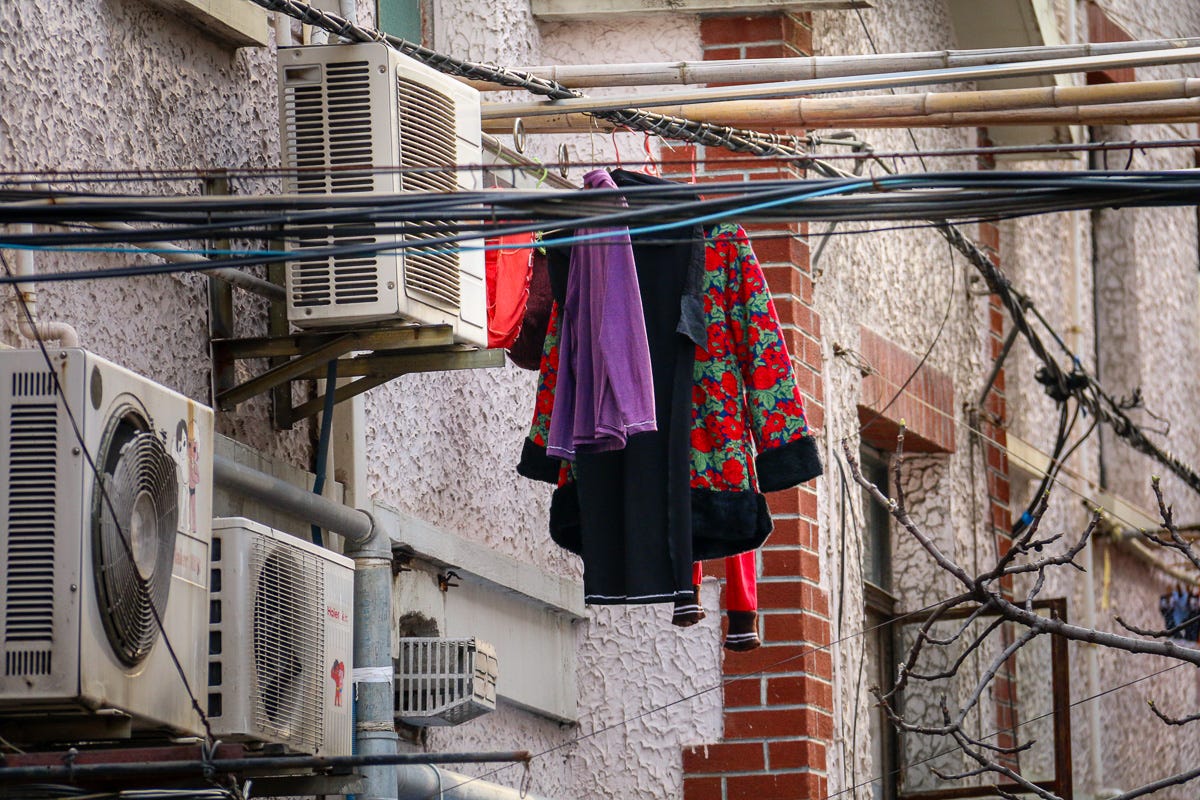
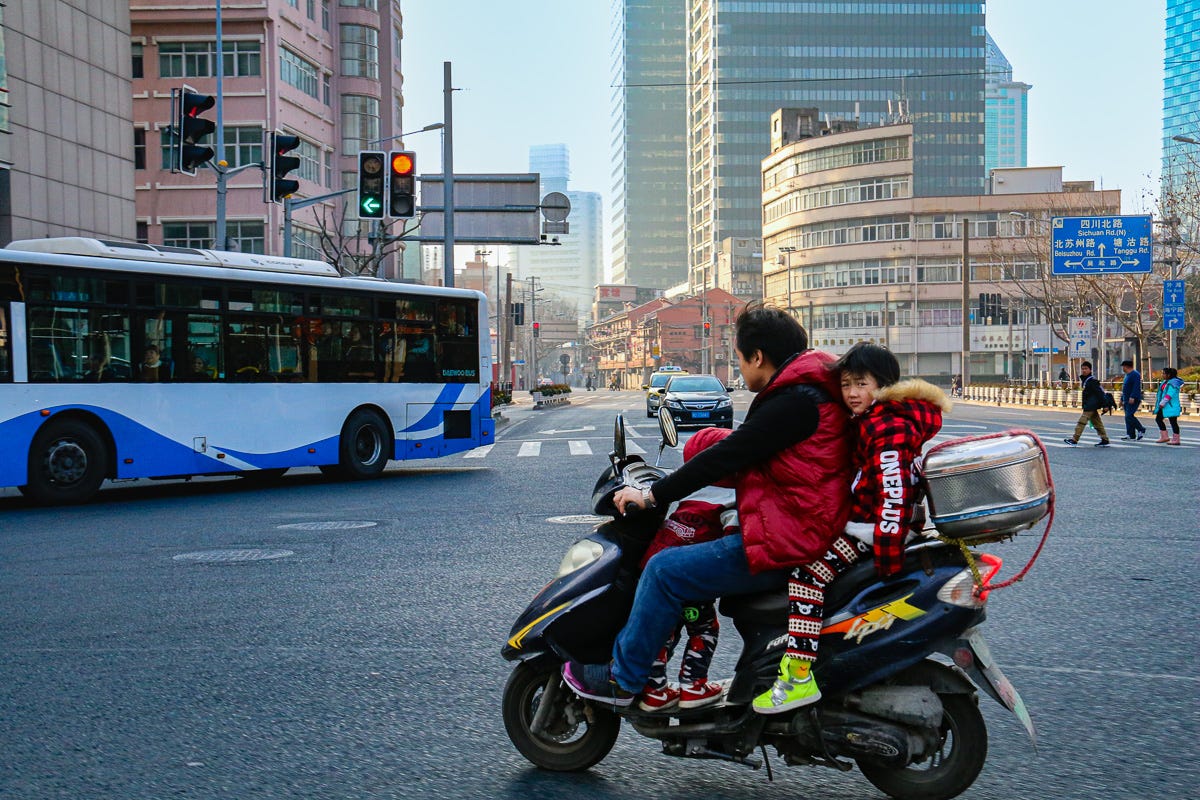

Good shots and an interesting theme, drying clothes. The picture of a whole poor community living on the roof of a stately building is fascinating.